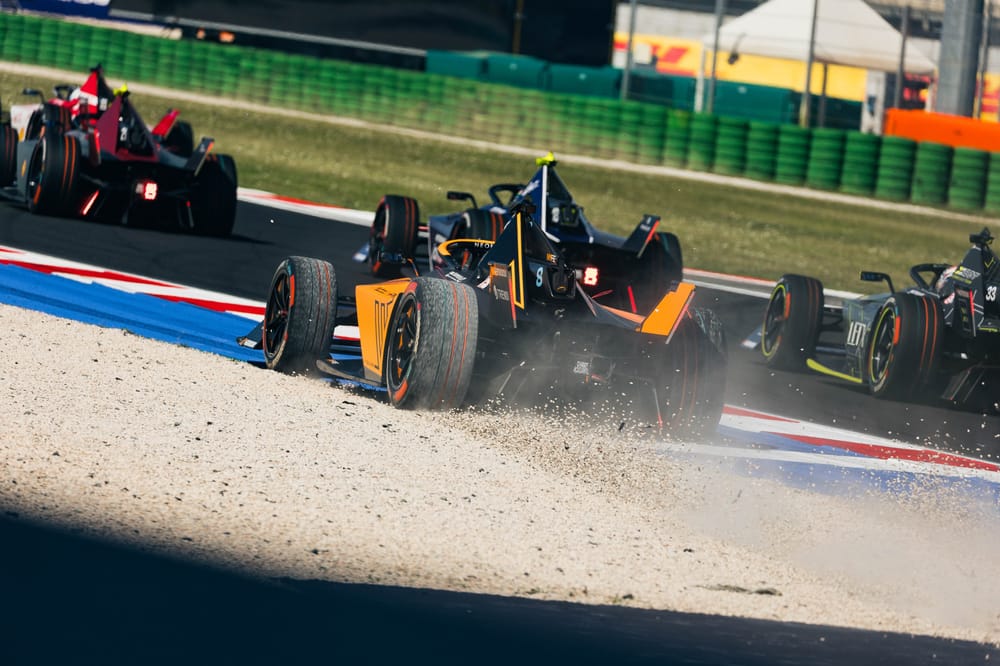Why meddle with a masterpiece?
That was the question asked by the majority of the Formula E paddock when it became clear last year that the Rome street circuit, in the EUR district of the eternal city, would be breaking off from its five-year run hosting the all-electric world championship.
It was an imposing place architecturally as the vast and pompous follies scattered around Benito Mussolini’s demented mind manifested in the area's historically-suspect streets.
Amid it though was unquestionably a superb racetrack ducking and weaving through a park and the district's streets.
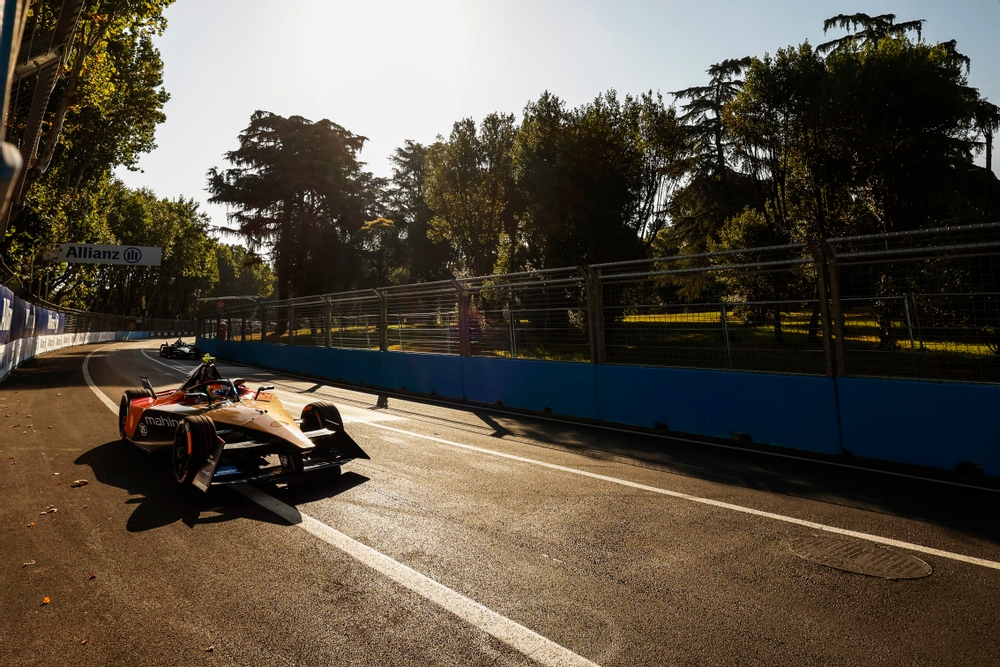
The drivers loved its challenge. It was bumpy and undulating and in most people’s minds close to maybe the perfect Formula E track.
There was one massive bonus - it was in one of the world’s most iconic cities. There was also one downer - it was expensive.
When Sam Bird inadvertently triggered the mother-and-father of all Formula E multi-car shunts last July, chaos followed. So too did Formula E’s opportunity to reevaluate its Italian Job.
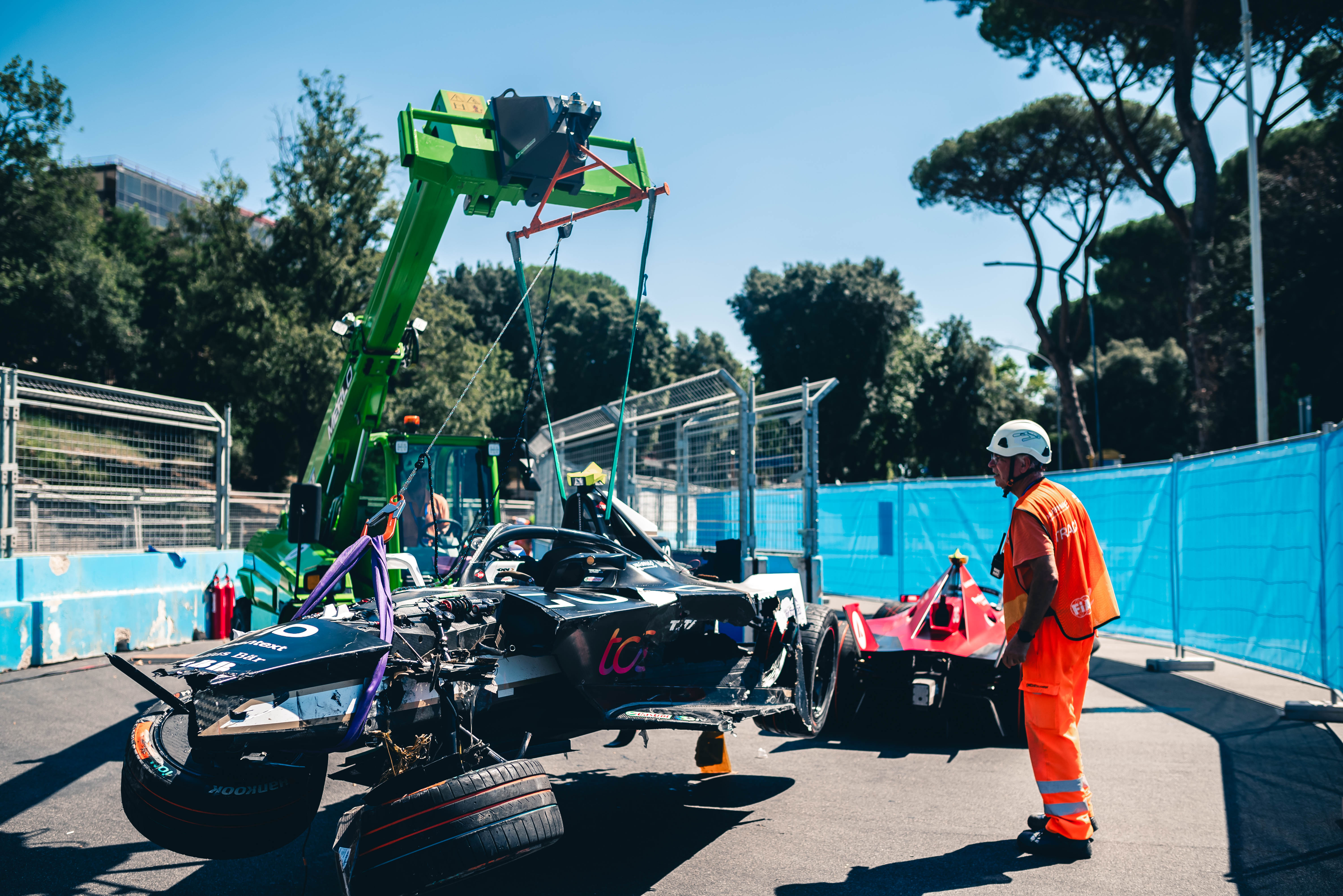
Finances within Formula E events are secretive but closing off roads in Rome and installing barriers and debris fencing is believed have cost around the €5m mark, and that was before many items that had to be paid for, including the entire pits facility.
The infamous shunt certainly acted as a convenient excuse in some ways. But there were also believed to be some political hurdles, too, after Formula E supporter Virginia Raggi left office as the Roman mayor in 2021.
Whatever the true attribution of cause, Rome was out and Misano was in, for 2024 at least.
What did it feel like?
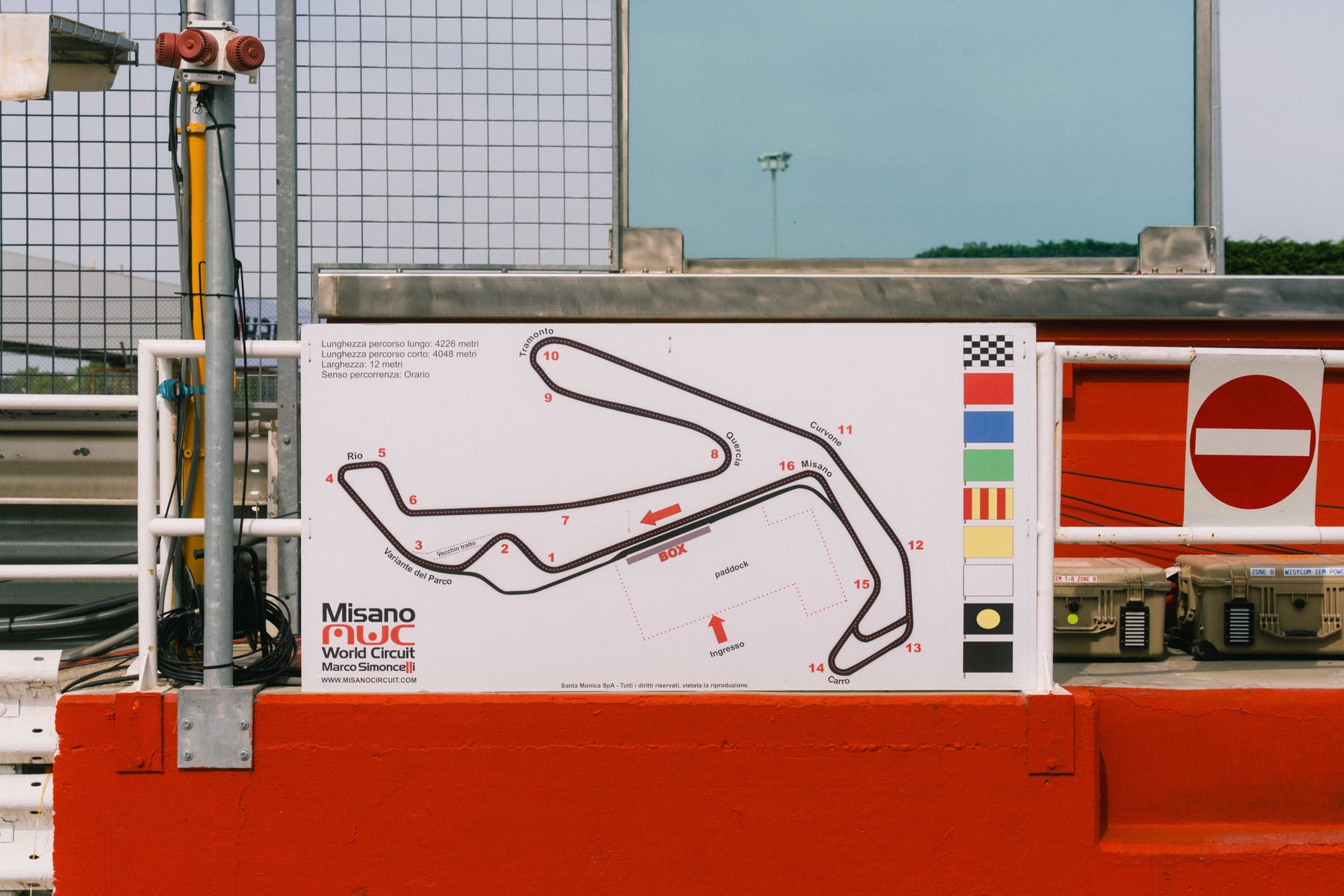
Misano and the Emilia Romagna region in which it lies is a very pleasant place to be in springtime.
It is a scenic rural wonderland and the owners and staff there have been an absolute delight, making the whole Formula E paddock exceedingly welcome and well-catered for.
The track is built for two-wheeled motorsport mostly, so there had to be some last-minute revisions with so-called ‘banana-kerbs’ on corner exits to try and manage the dreaded track limits violations.
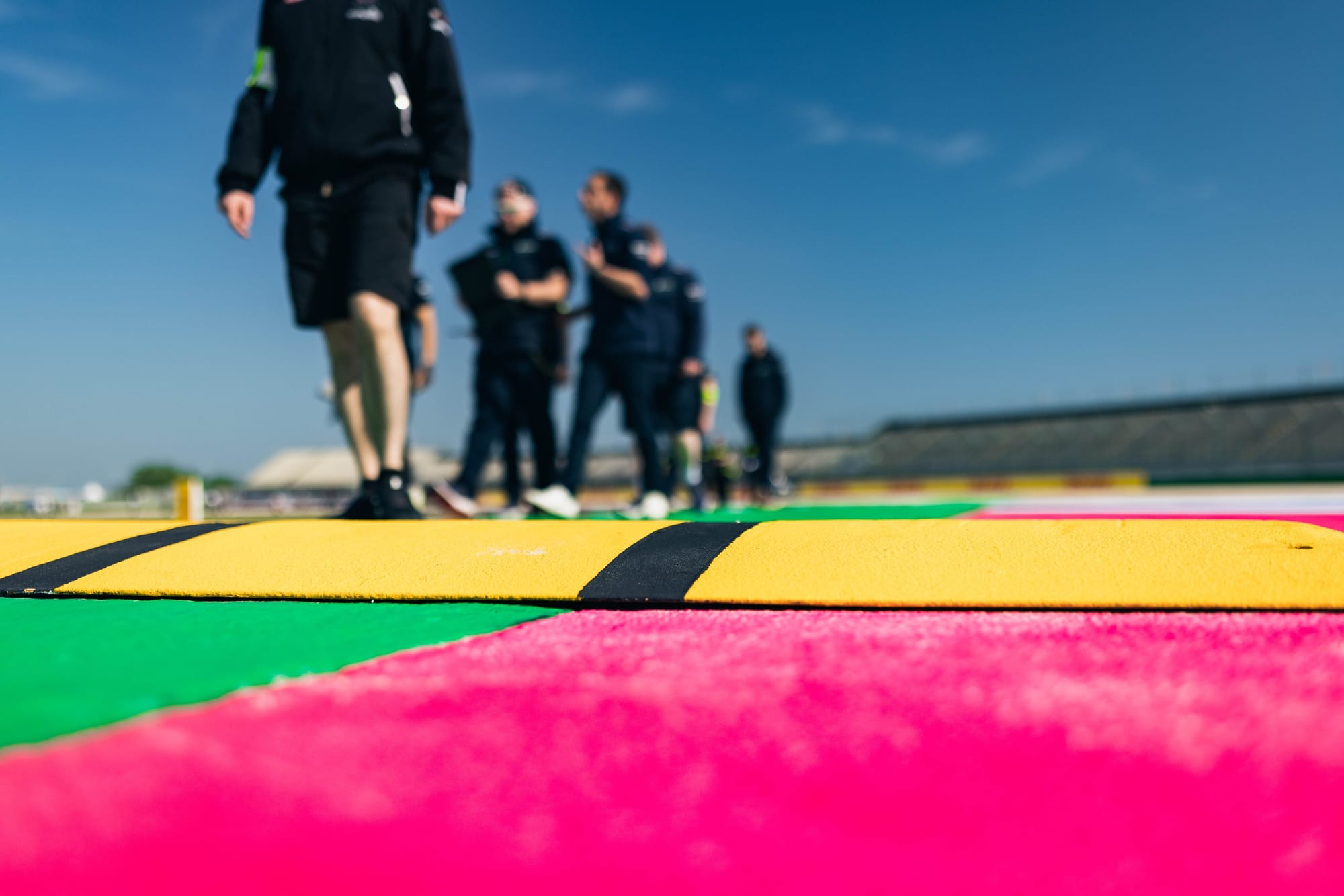
Race director Scot Elkins implemented changes in consultation with some drivers, including Lucas di Grassi, and it was generally felt to be as good a solution as could be done at the venue.
Obviously there were dozens of violations, particularly in qualifying, but nothing that overly affected the race results, largely due to the nature of the races. It wasn’t perfect but neither was it generating tedious and multiple controversies if you were over the line or the kerb.
What did the drivers say?
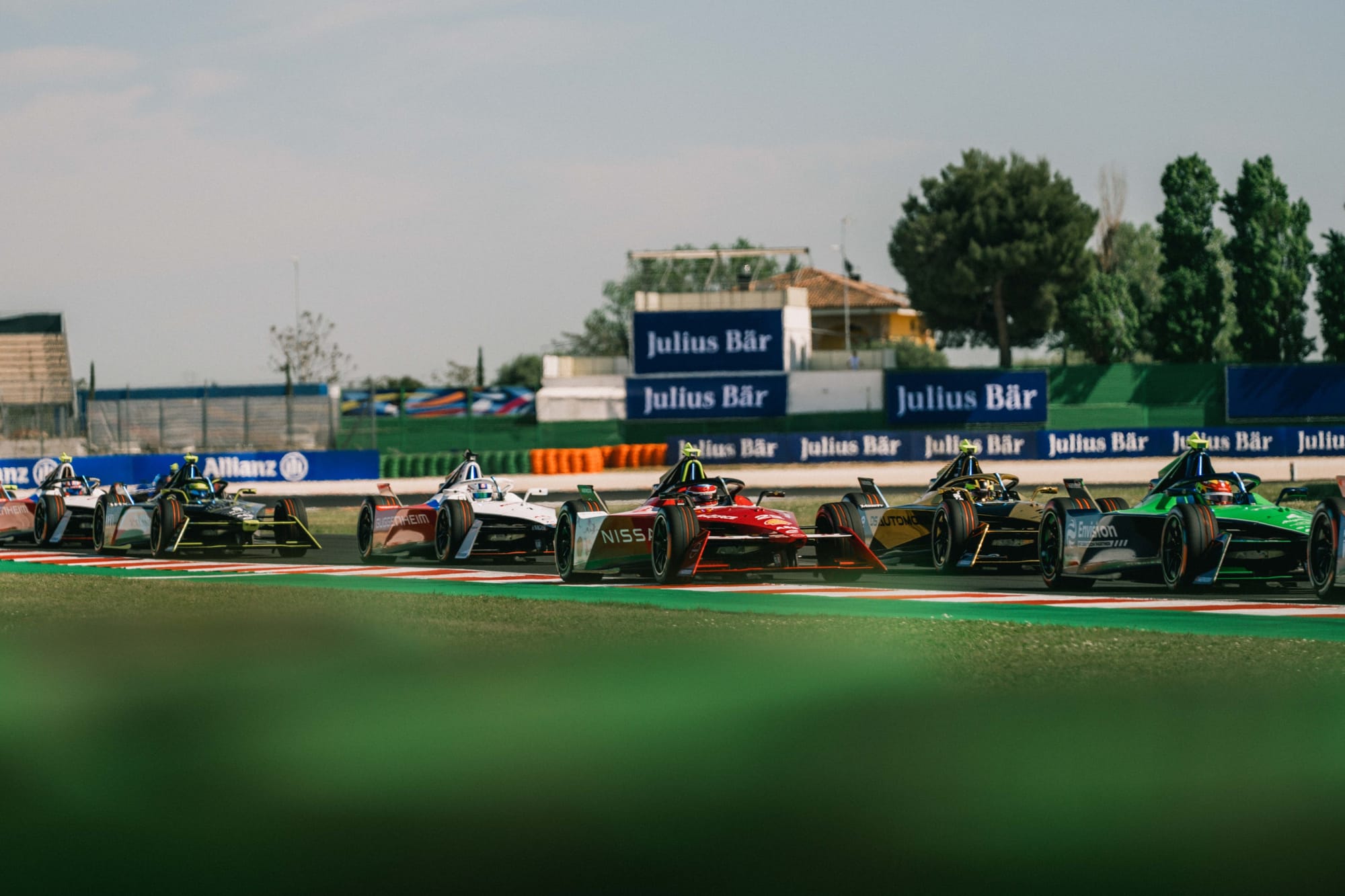
“Is it popular for fans? I think maybe some of the initial [high-energy races] were but I can’t imagine yesterday [Saturday] was - but I could be wrong,” Mitch Evans told The Race.
“I just don’t know why we have to come to these places but I guess it’s just financially for the category, it’s probably as simple as that.
“I think we could accept one or two, but even some of the street tracks like Berlin, they’re like a peloton race. You’ve been talking about Silverstone, which I think is a big mistake. I’d rather just find better venues.”
Sometimes at venues such as Misano it feels like the cars are actually out of their natural habitat.
But actually, go down to the track, as The Race did for the free practice two session on Saturday morning, and you do feel the performance of the Gen3 cars viscerally.
The Formula E cars look quicker trackside than they do on TV. This was evidenced when this writer witnessed Nick Cassidy’s lurid accident in FP2 from close quarters. He went to the scene of his shunt pretty rapidly.
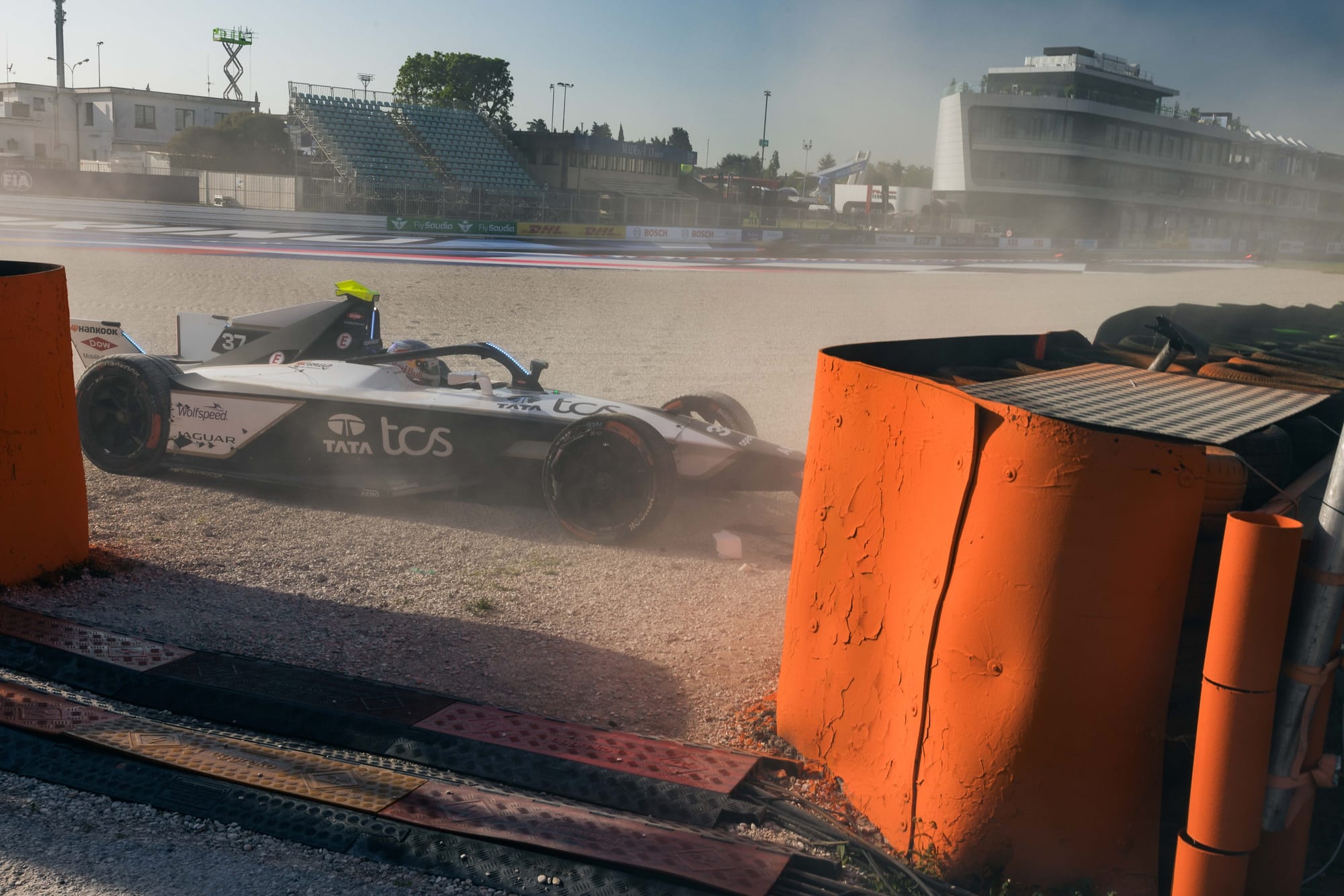
Some other drivers were slightly more positive than Evans - with NEOM McLaren’s Jake Hughes giving a considered overview.
“I think it’s fair to say us drivers all don’t like it,” Hughes told The Race.
“At no point do I think I’ve said I enjoy this racing, but I want to strike the balance of it because apparently the fans love it. If so then tell me right now and tell all of us [drivers] to stop complaining, 'we love it, it’s great for the show, best form of motorsport we’ve ever seen'.
“Then we can have a chat among ourselves and stop complaining.
“But if you ask me to judge it as a racing driver, I don’t really like it and each race that goes by just gets a bit more frustrating. “
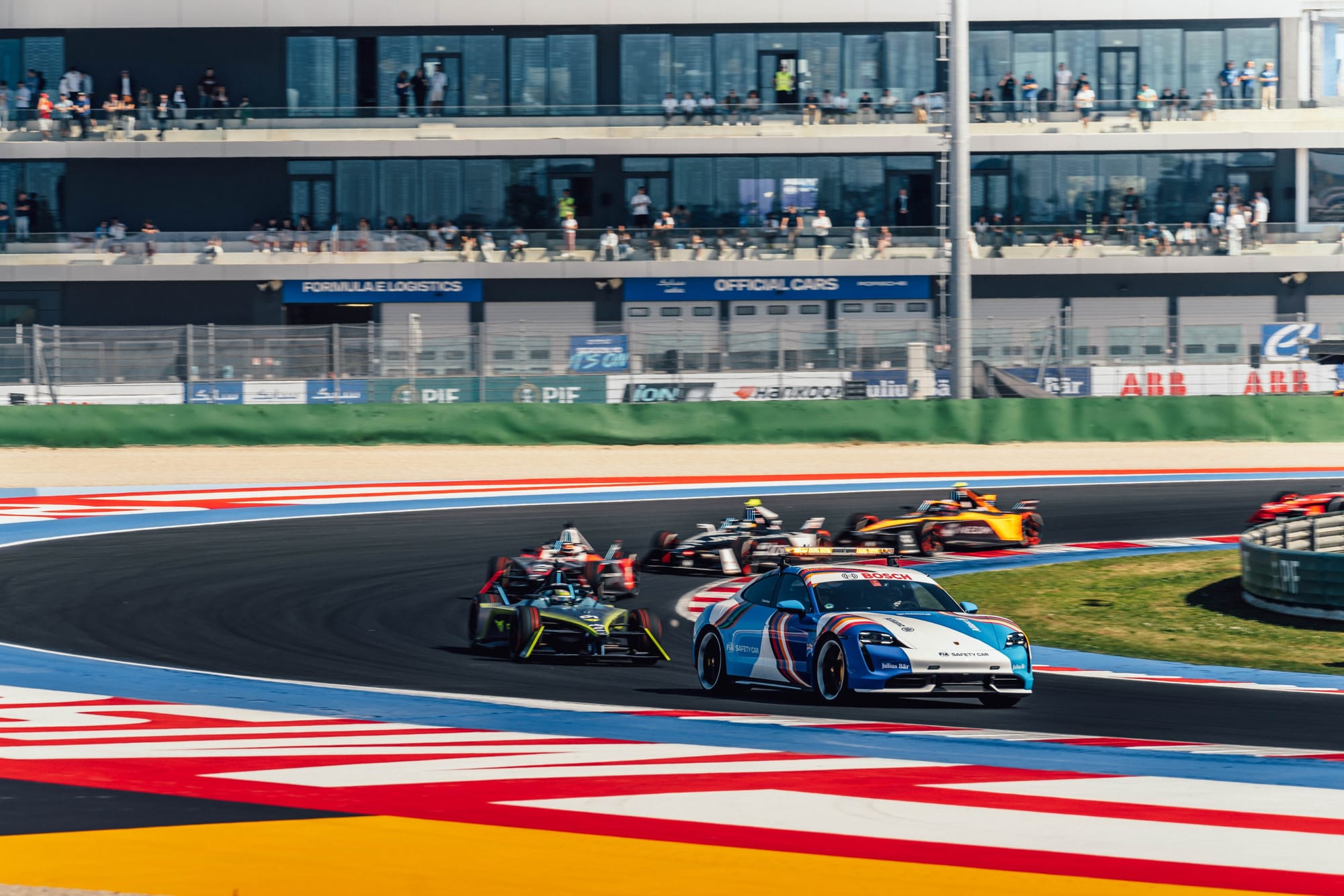
The technicalities of why most drivers don’t like racing like this are mostly due to the fact that the natural concertina makes it something of a roulette wheel determining whether you come out of corners in one piece.
“I don’t like it because there’s moments in the race where you win, moments in the race you lose, and it’s not really like this trend that we’re used to seeing; pace, overtaking, saving energy,” added Hughes.
“It’s a lot about just filling gaps, going two-, three-wide, filling the space, hoping your lane works out for you. Not really what I like to do.”
Striking the balance
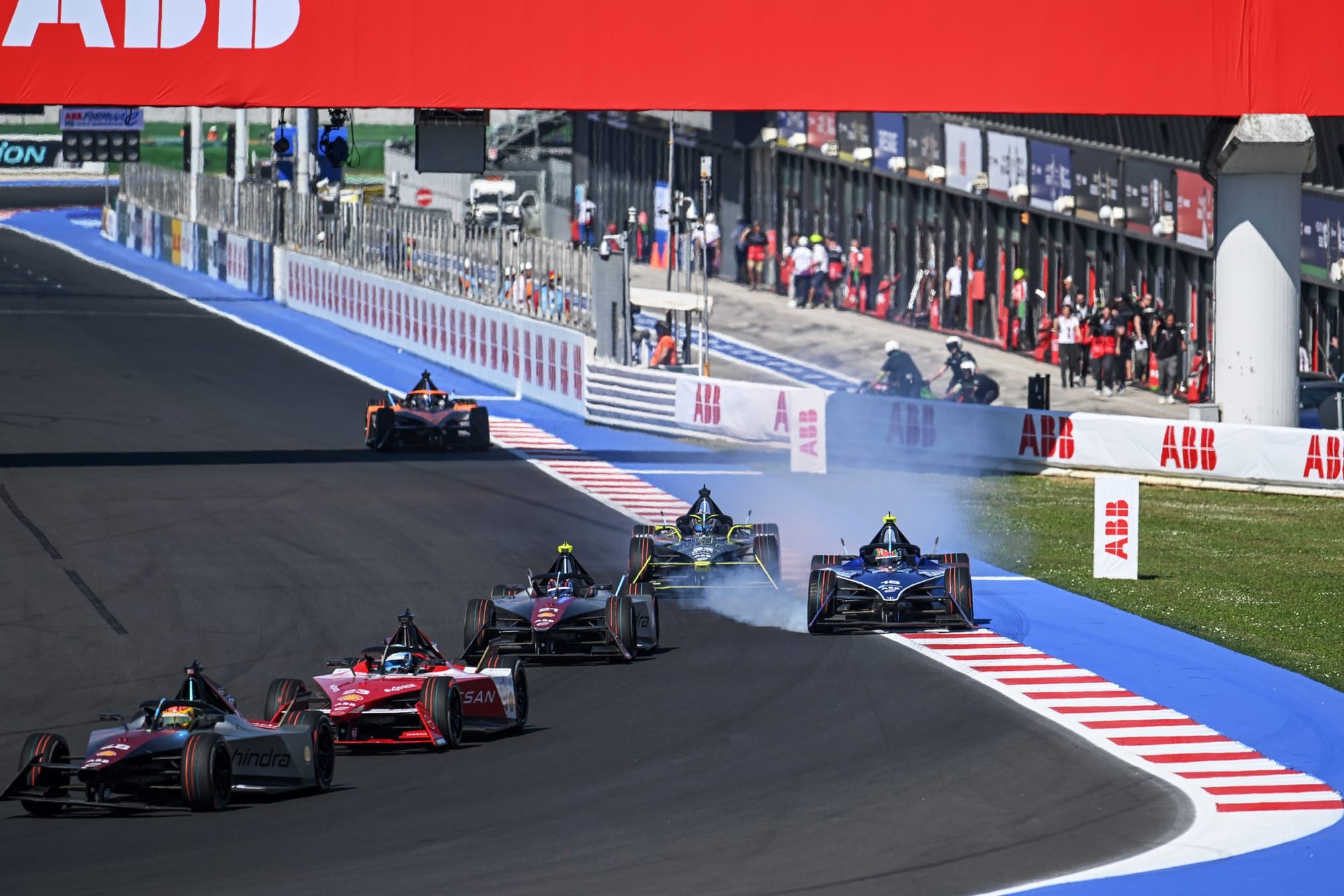
The meandering peloton nature of the race was essentially down to the fact that at Misano there are high-speed corners onto long straights meaning that there was a high drag sensitivity here, more than at most circuits Formula E races on.
The two-lap race distance discrepancy (28 laps on Saturday and 26 laps on Sunday) meant that the first event was always going to be an extreme case of saving the energy in the first three quarters. With natural accordion points such as the Turn 8/9 chicane contact felt inevitable and there was plenty of it on Saturday.
On Sunday there was less and the general feeling was that the FIA simulations on race distance generally got the 26-lap sum right. Certainly, the drivers were a little more receptive to the overall race structure.
“Today was a lot faster, a bit more sensible in terms of the laps we had,” opined Mitch Evans.
“Why couldn’t we just do one lap more, or yesterday’s race could have been one lap less? It just seemed way too extreme.
“The simulations need to be better thought out with each track and with the energy sensitivity to make sure it’s not way too extreme and not a borefest. I think it’s something that, even on the street tracks, they [the FIA] can do a better job with that.”
Overall, depending on who you asked and when, there was nothing really in-between. It was either vehement loathing or a realisation that perhaps once or twice a season it would be bearable.
Formula E has to be different
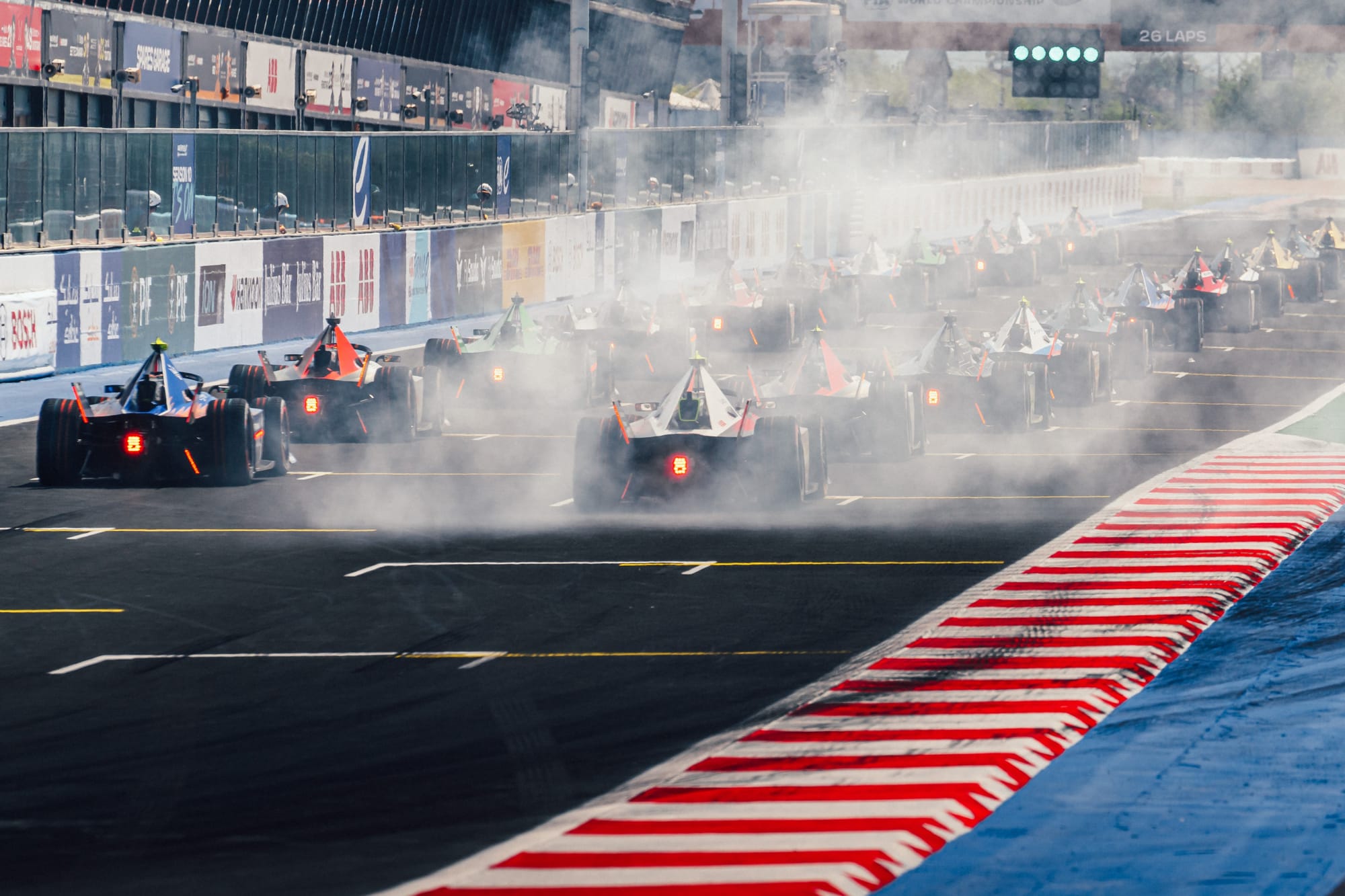
Perhaps an idea is for Jeff Dodds, CEO of Formula E, and Marek Nawarecki from the FIA to address the drivers and make it clear to them that this will be part and parcel of Formula E now and in the future.
Outlining the technical, sporting and marketing reasons would give some assurance that maybe it is for the greater good of pleasing existing fans and attracting new ones, particularly from younger generations and from those not used to the traditional ways of motorsport.
Formula E has to be different. In a sense it always has been - so get the stars of the show to realise what the benefits of it can be outside of their own cockpits.
It's high-speed snakes-and-ladders racing that depending on your aesthetic can be riveting.
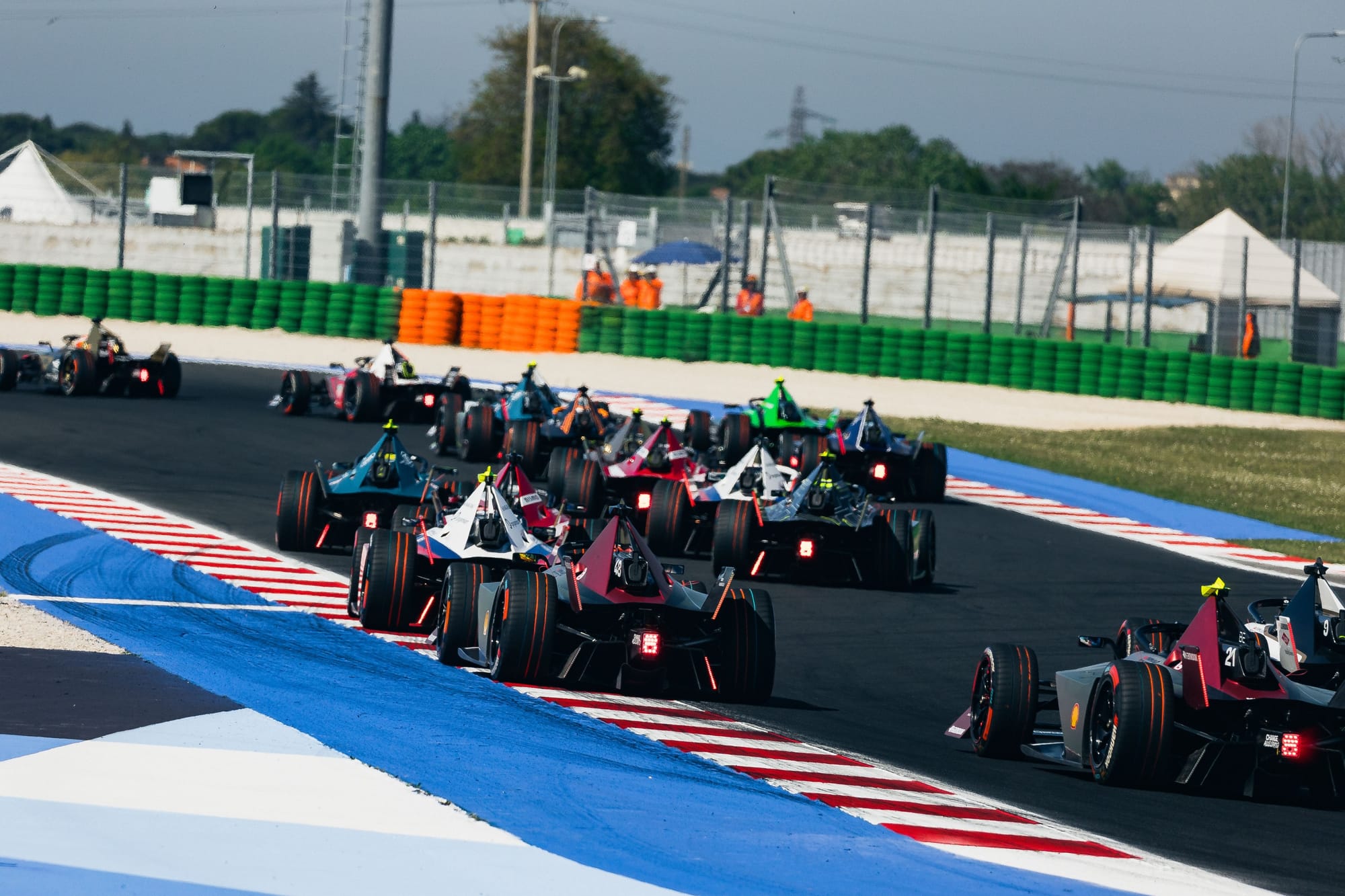
Post-race Formula E does calculations on overtaking and then of course aggressively markets these - which is its job. But the reality is that only a small percentage of those moves are genuine overtakes. Yet, do the viewers, some of whom possibly think it is a mad AI simrace of some description, really care? Probably not.
This clearly isn’t for the purists. But that doesn’t matter because in less than two week’s time the purists get the Monaco E-Prix. This is where, unlike F1, you don’t get two hours of your Sunday afternoon lost forever in a haze of boredom and frustration.
So mixing things up is good. Diversity is good. But going overboard on how extreme it goes probably just needs reining in a touch.


